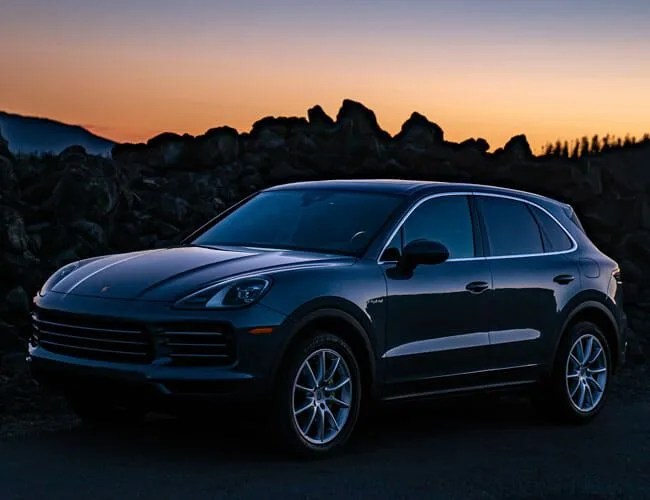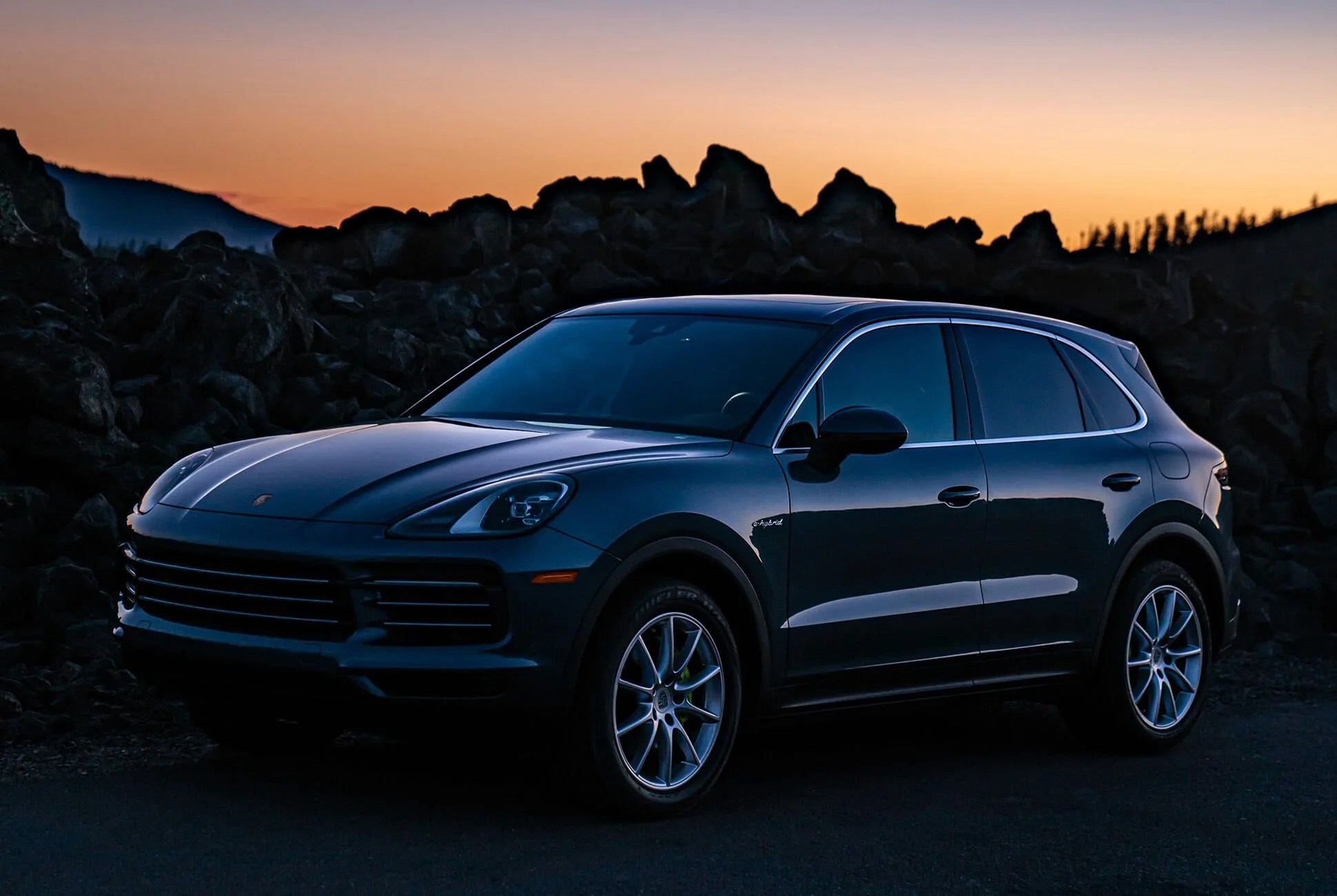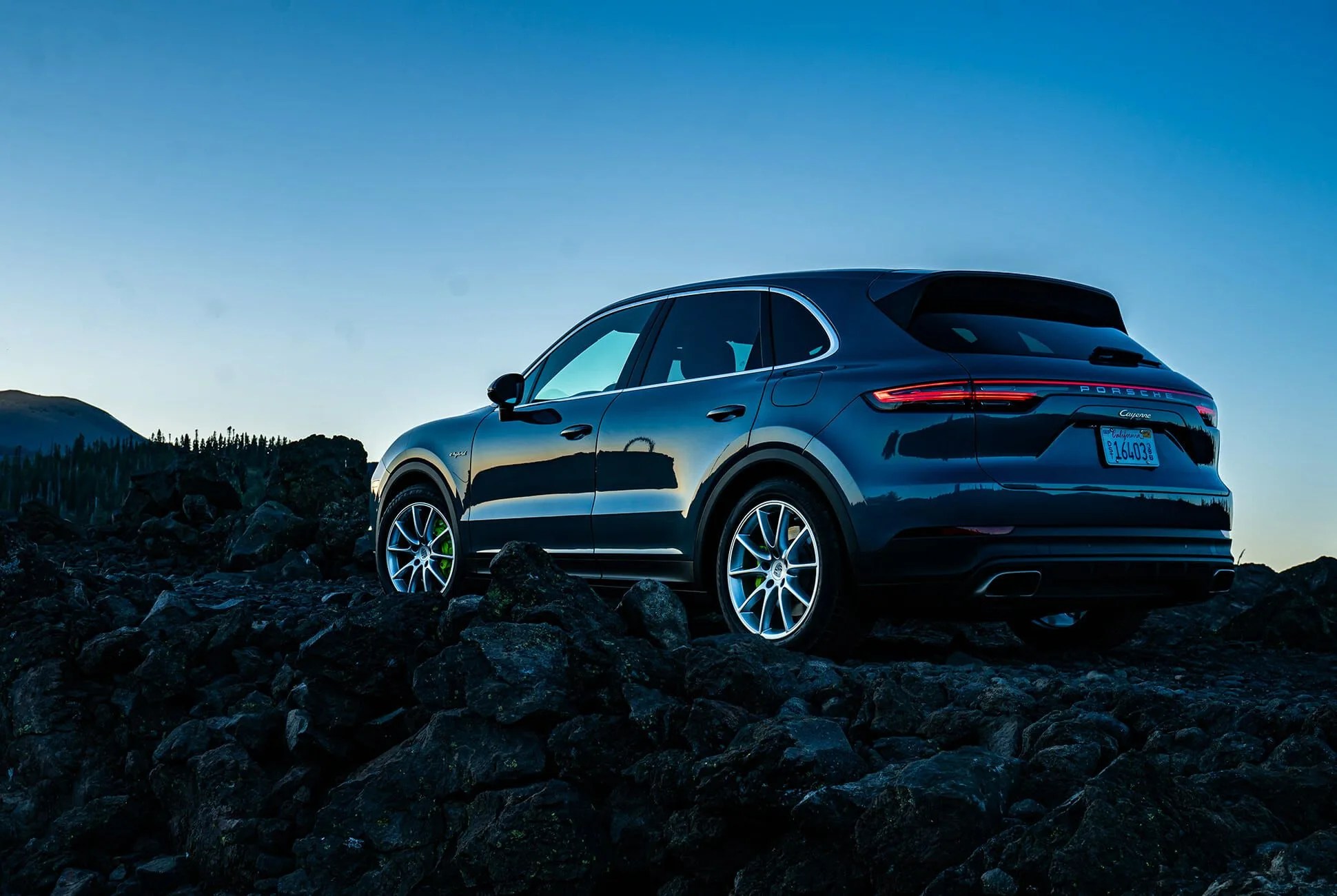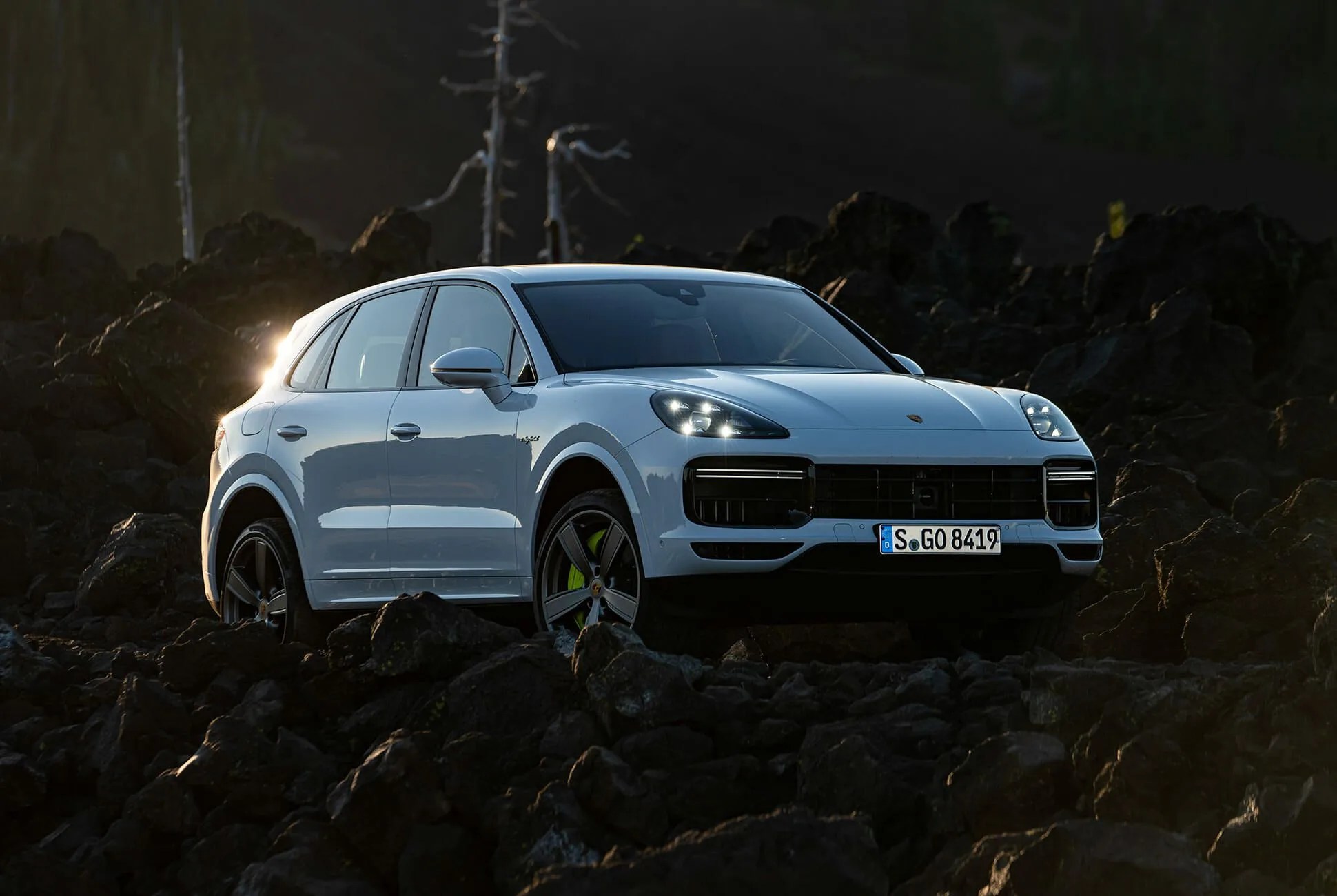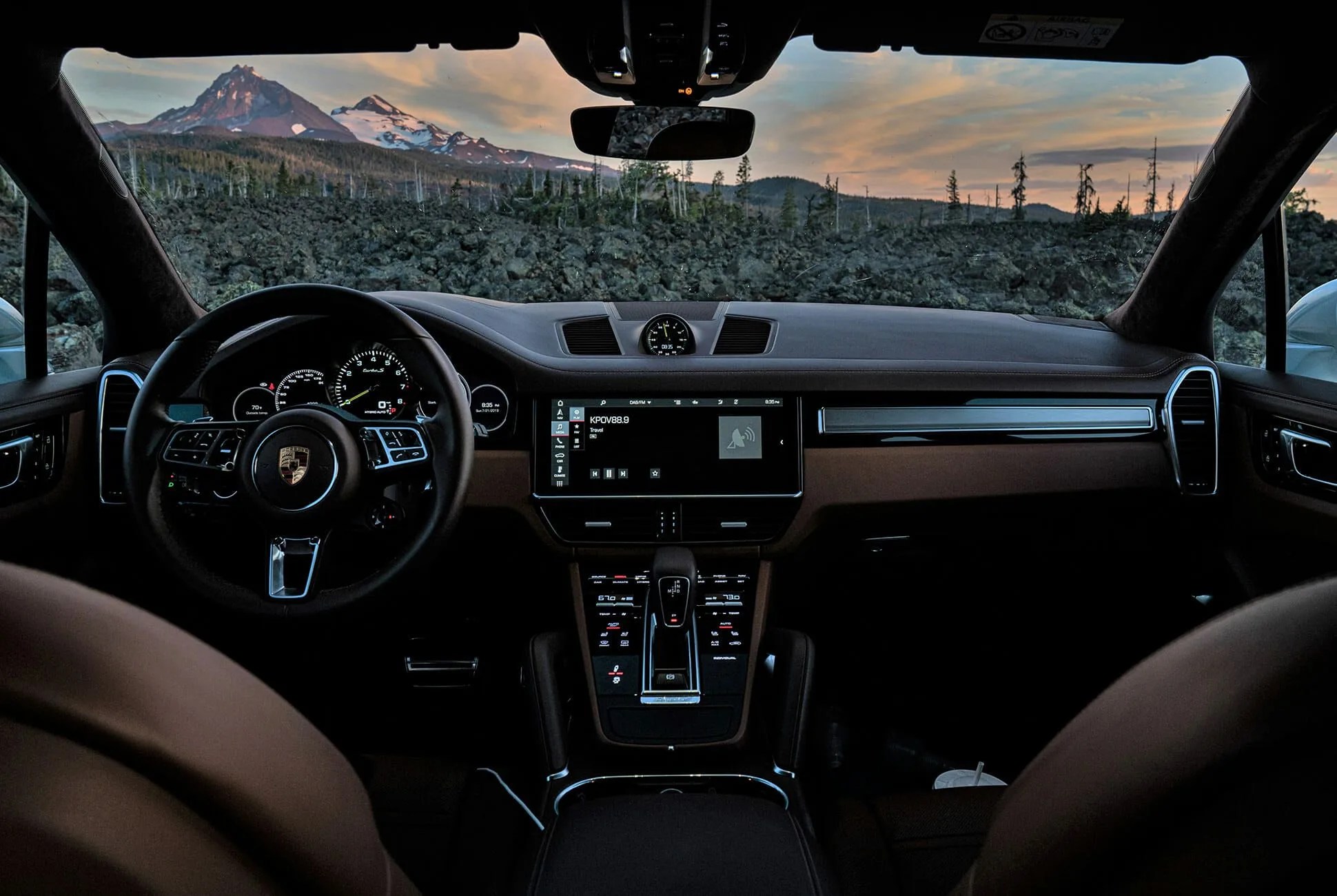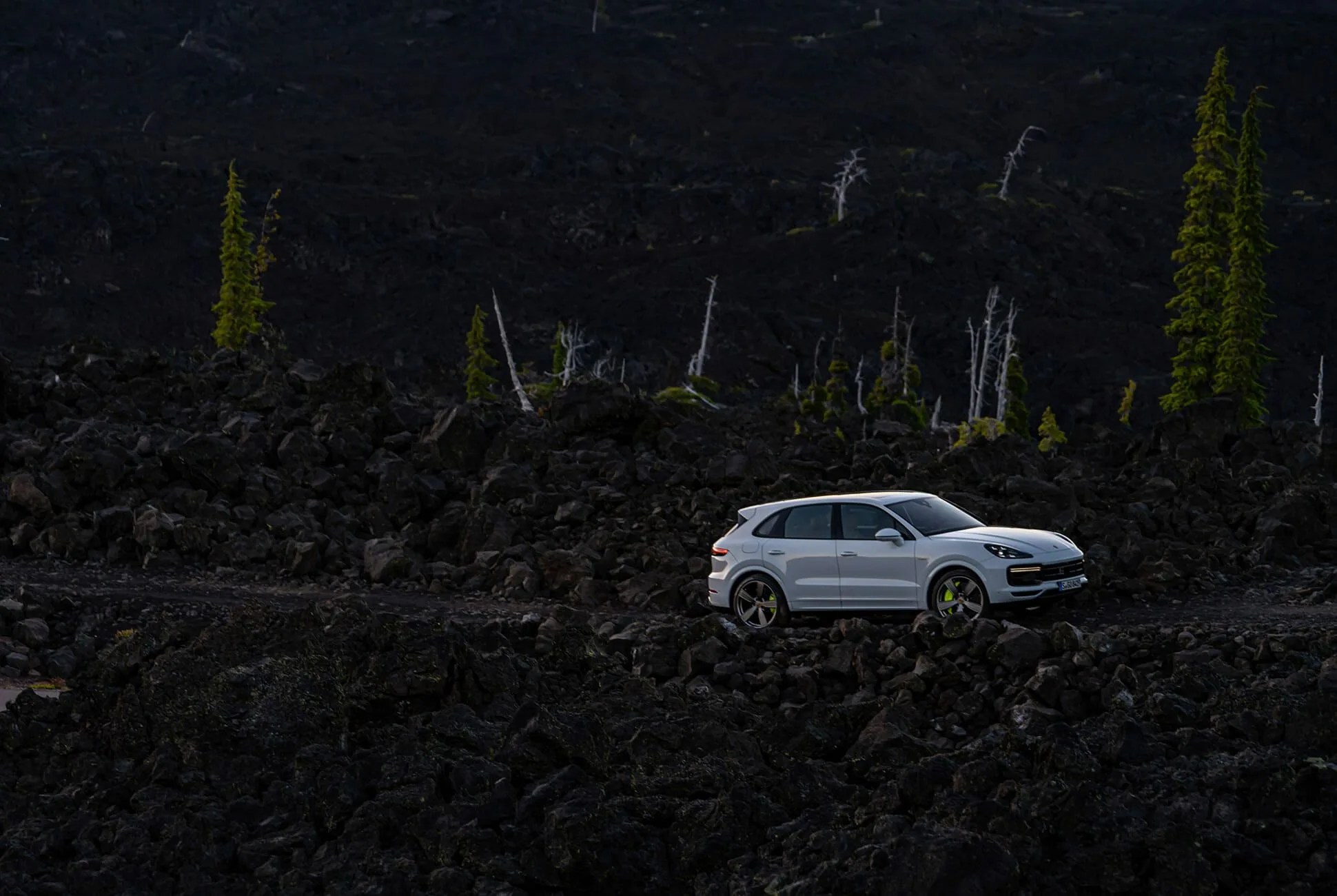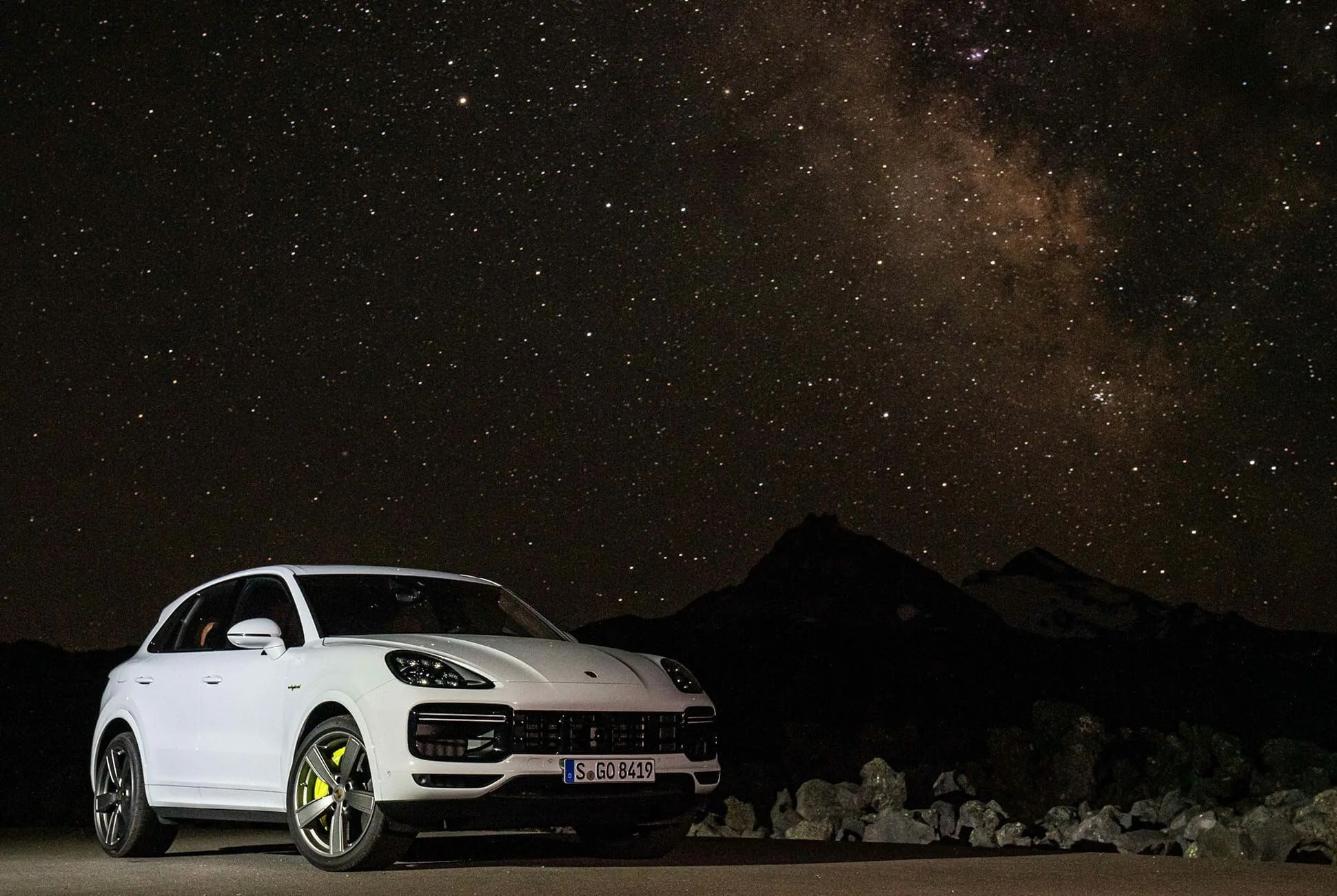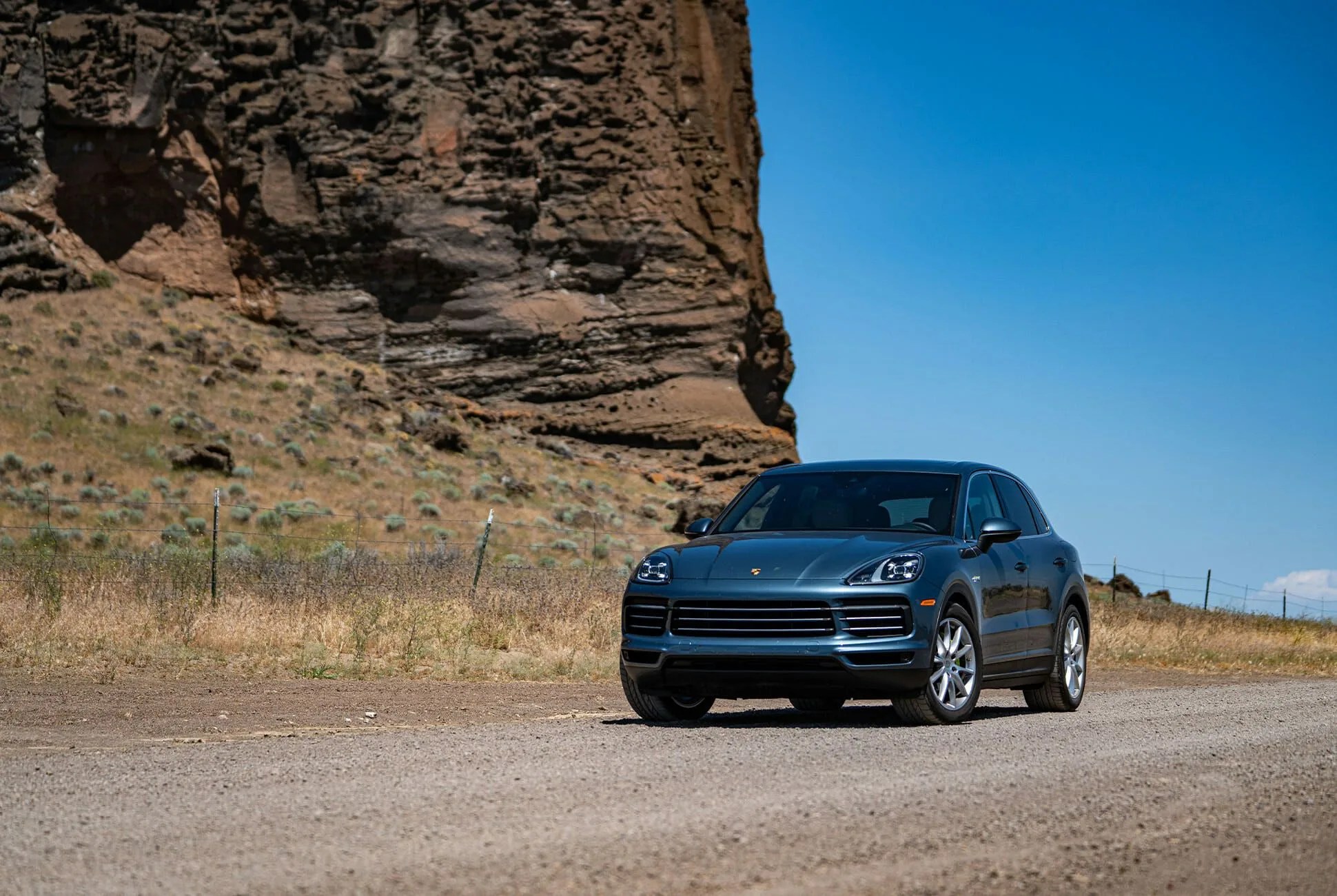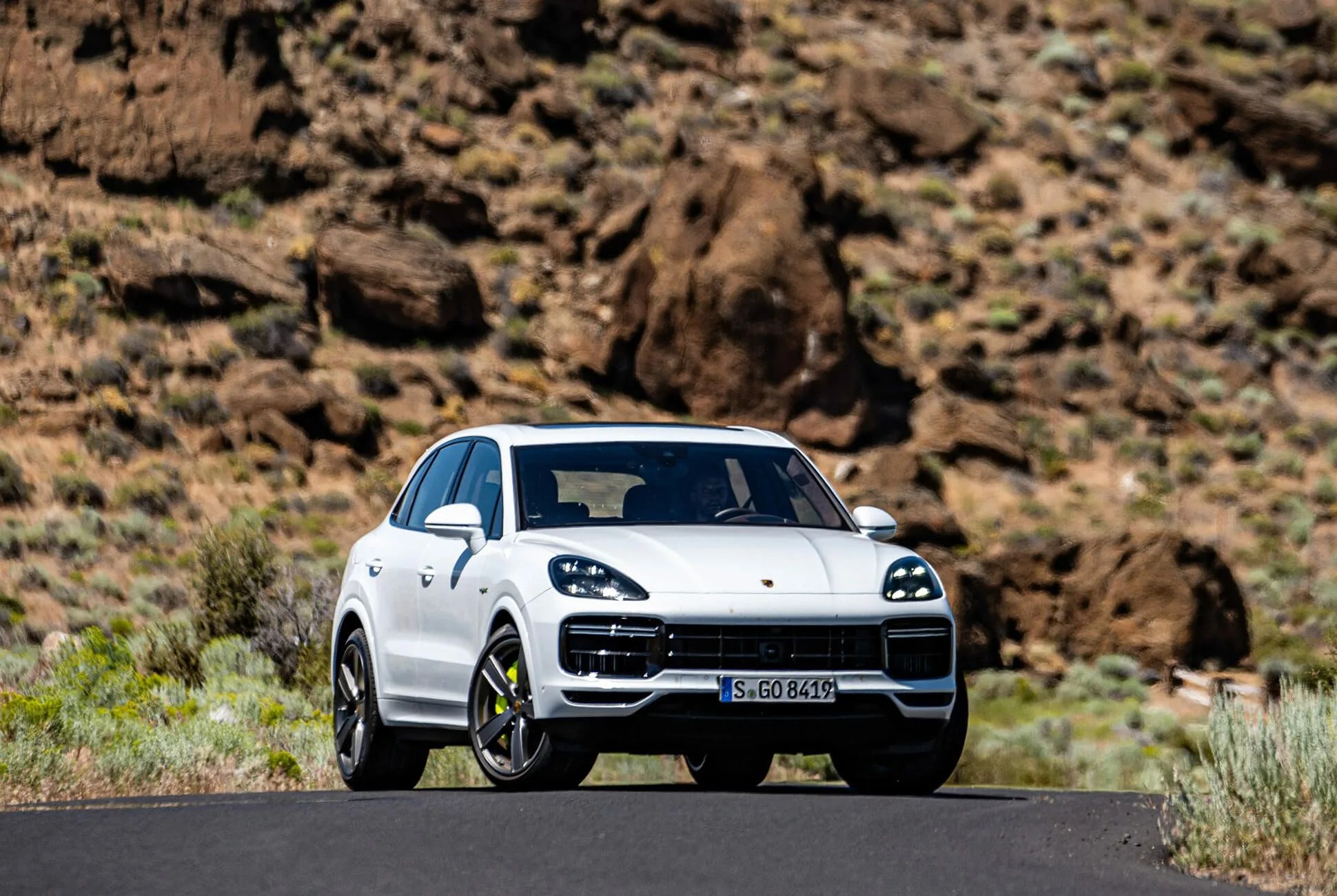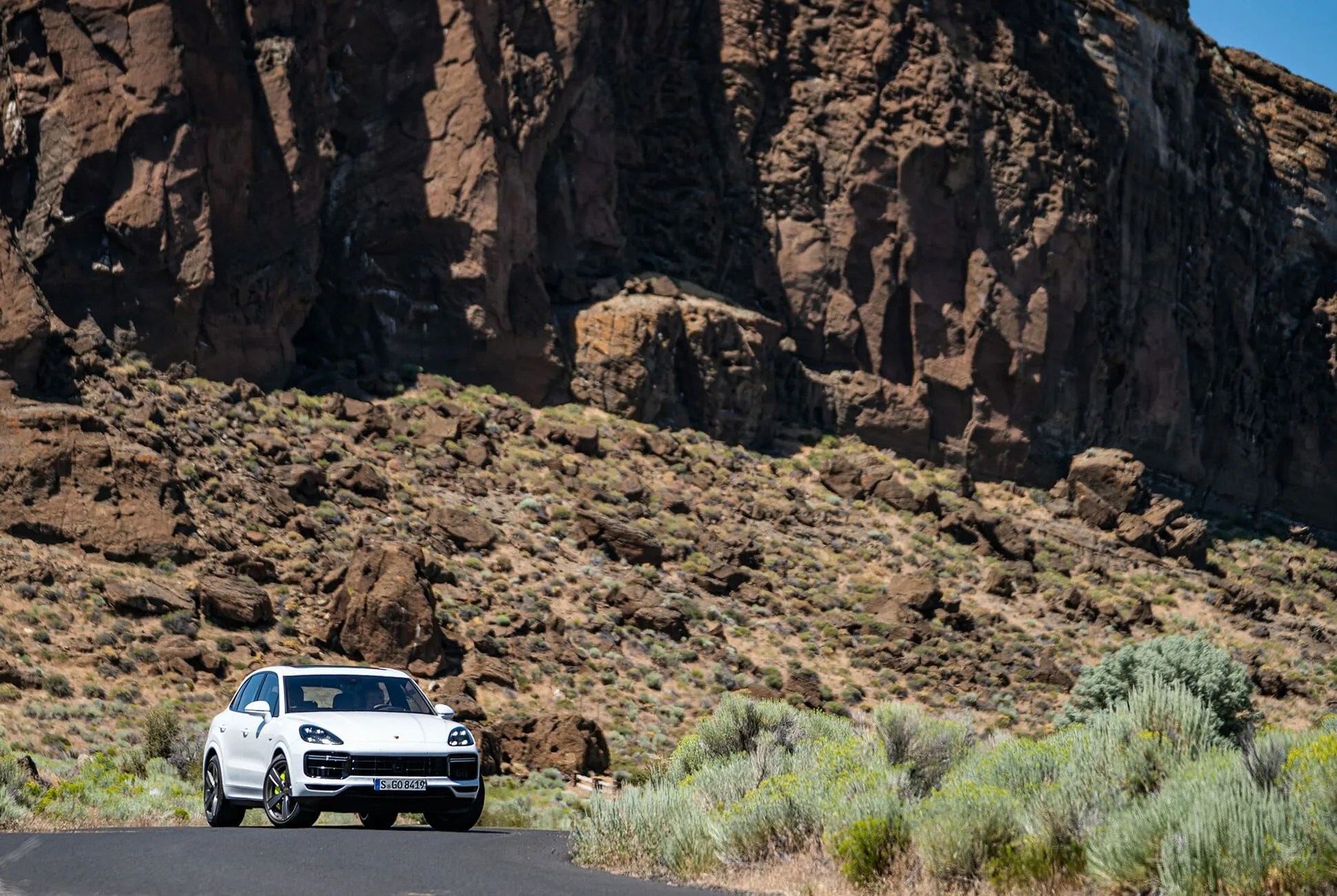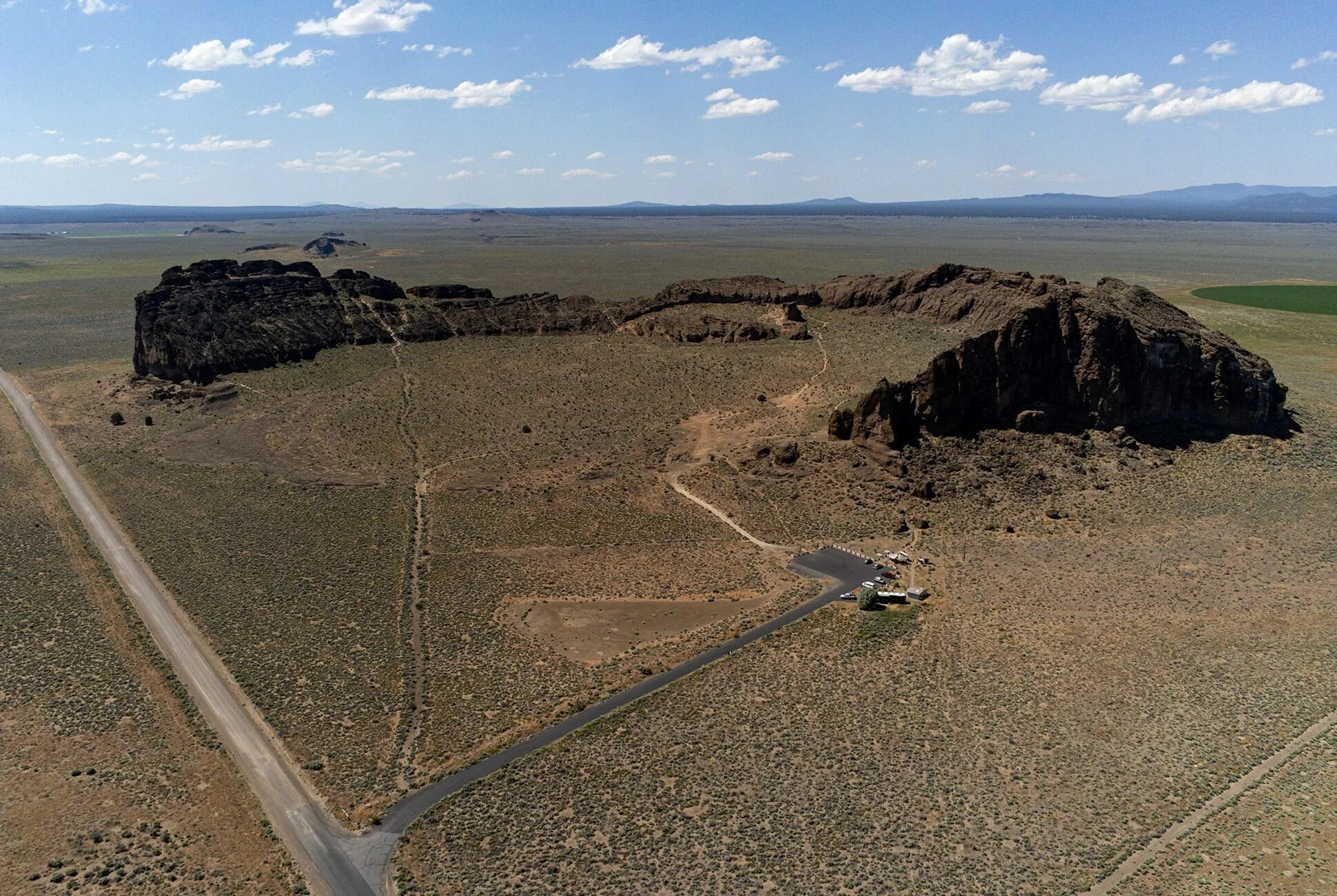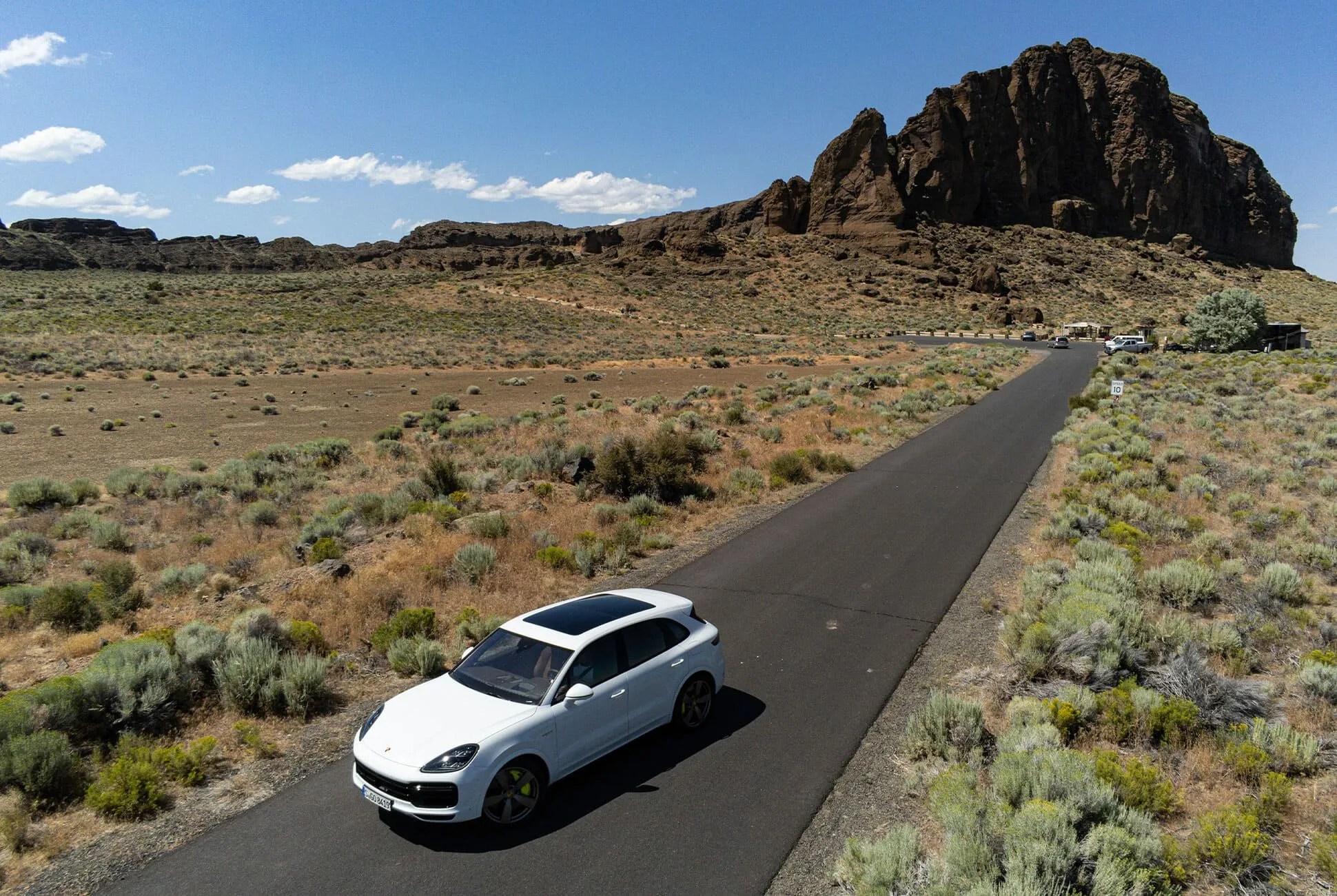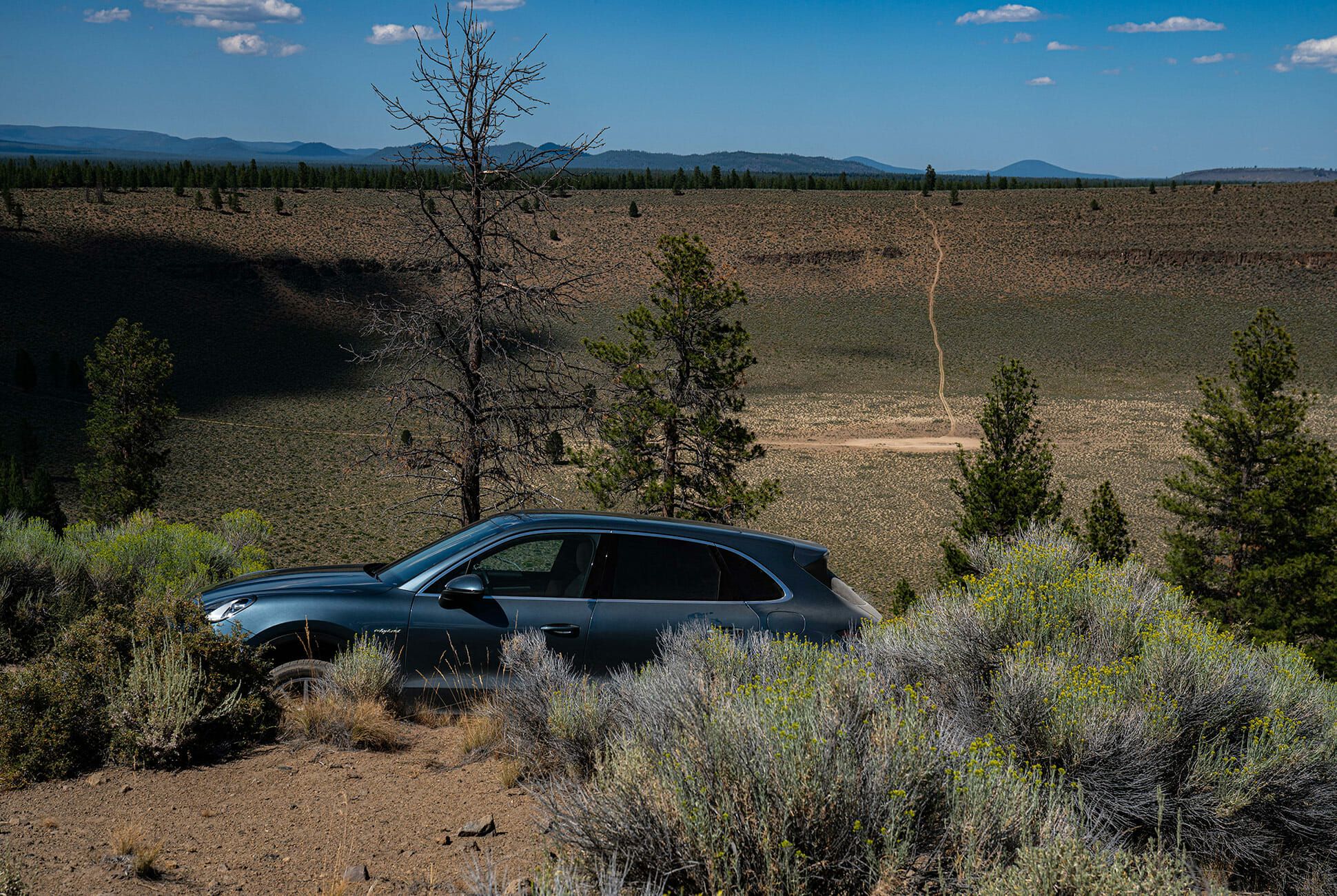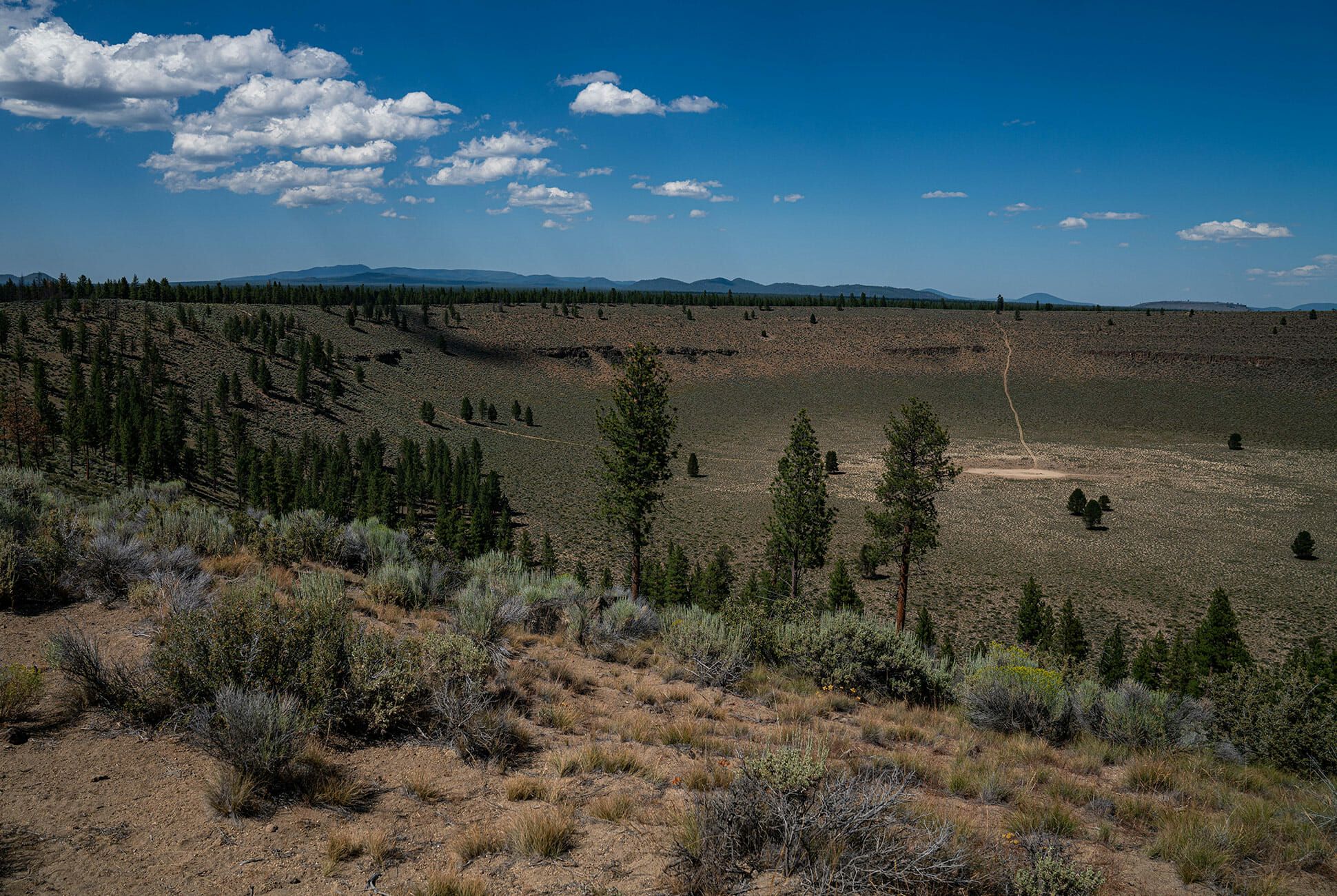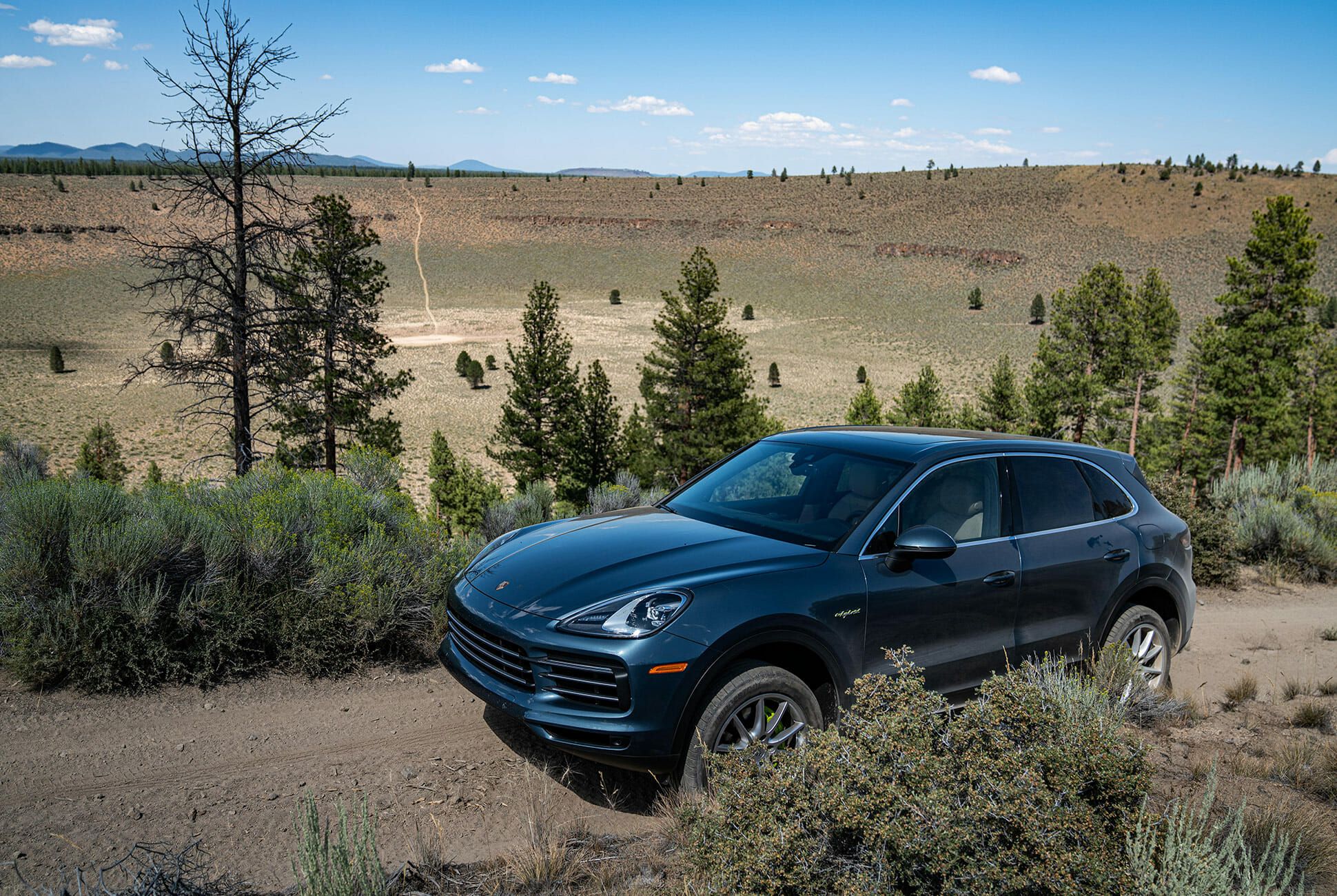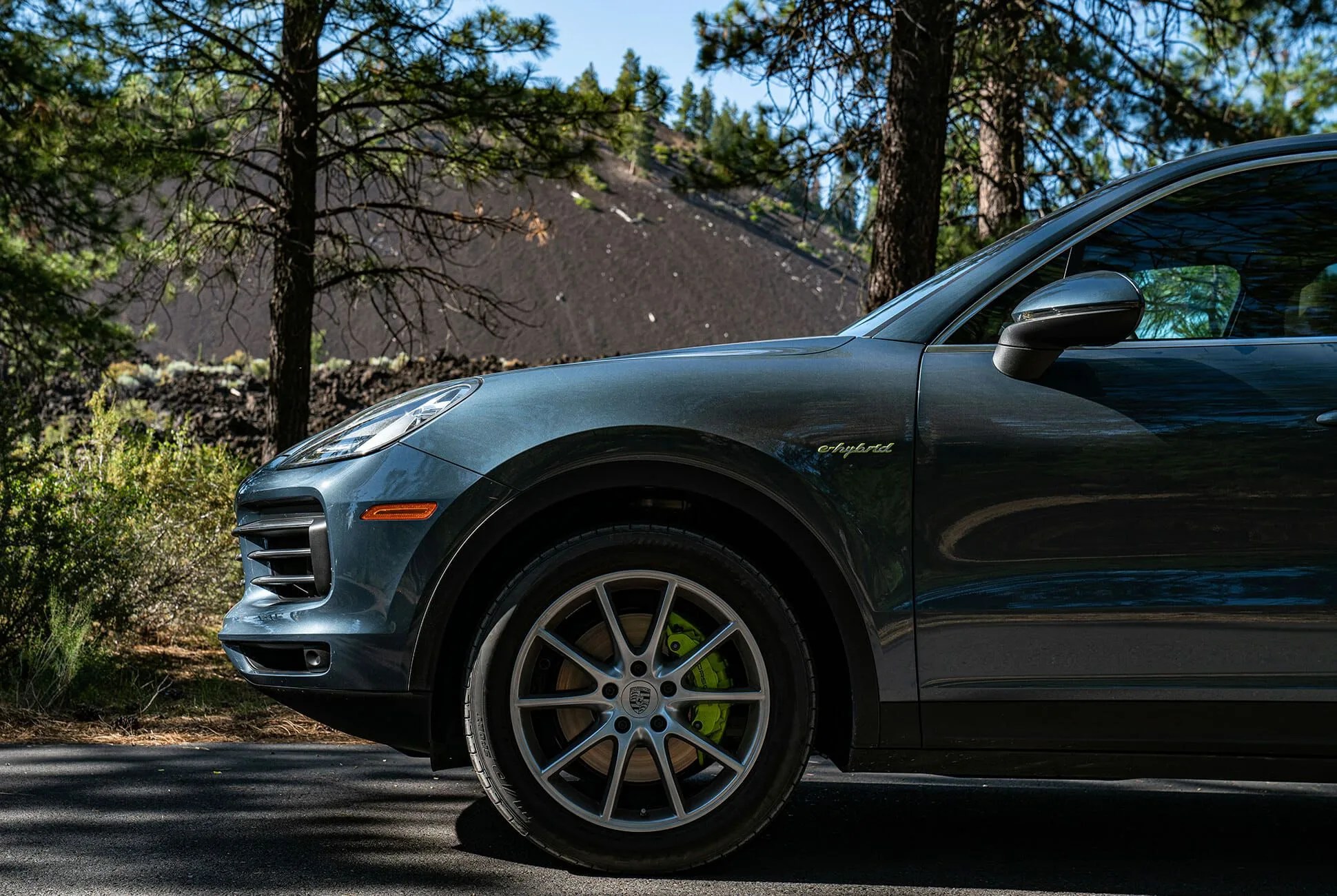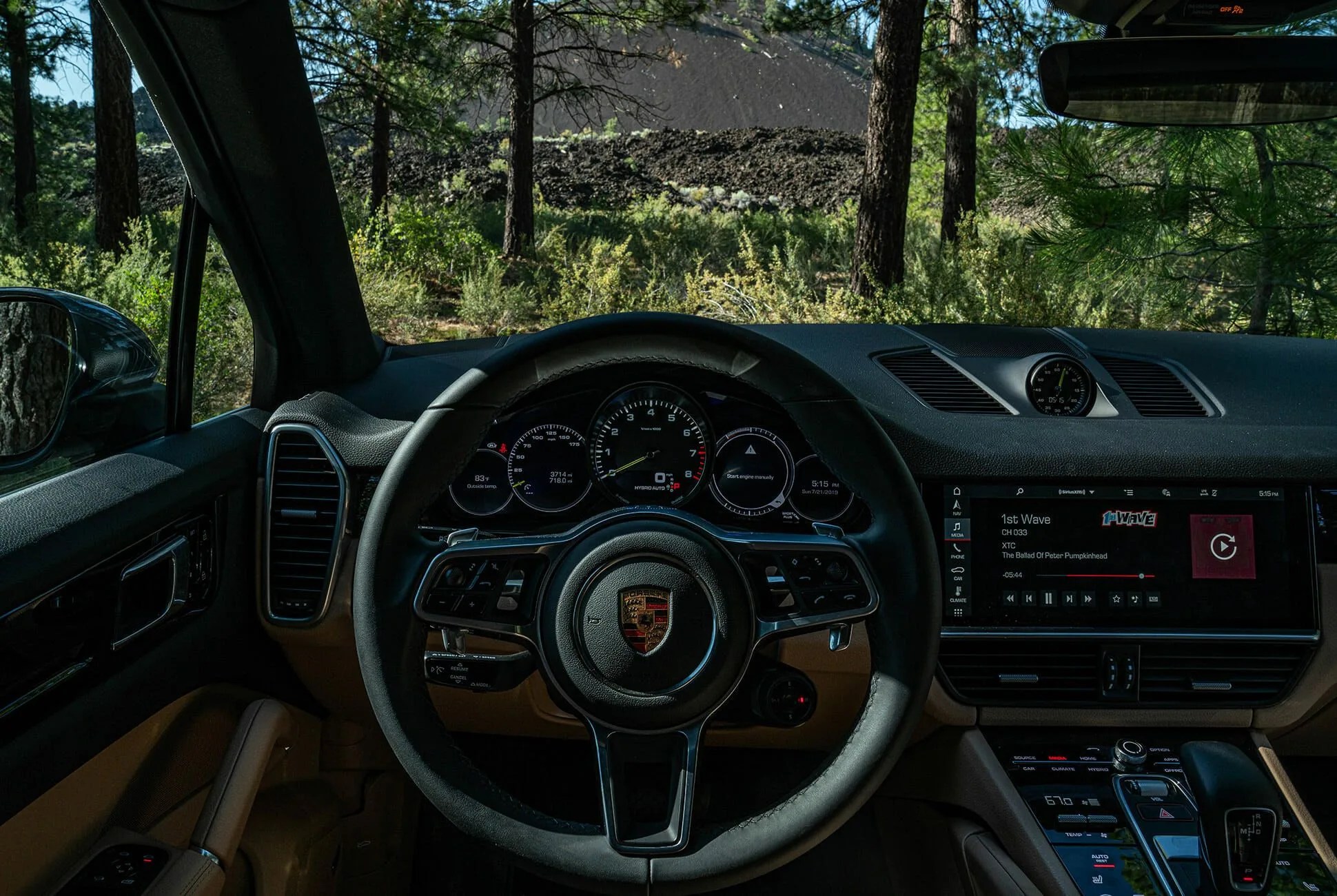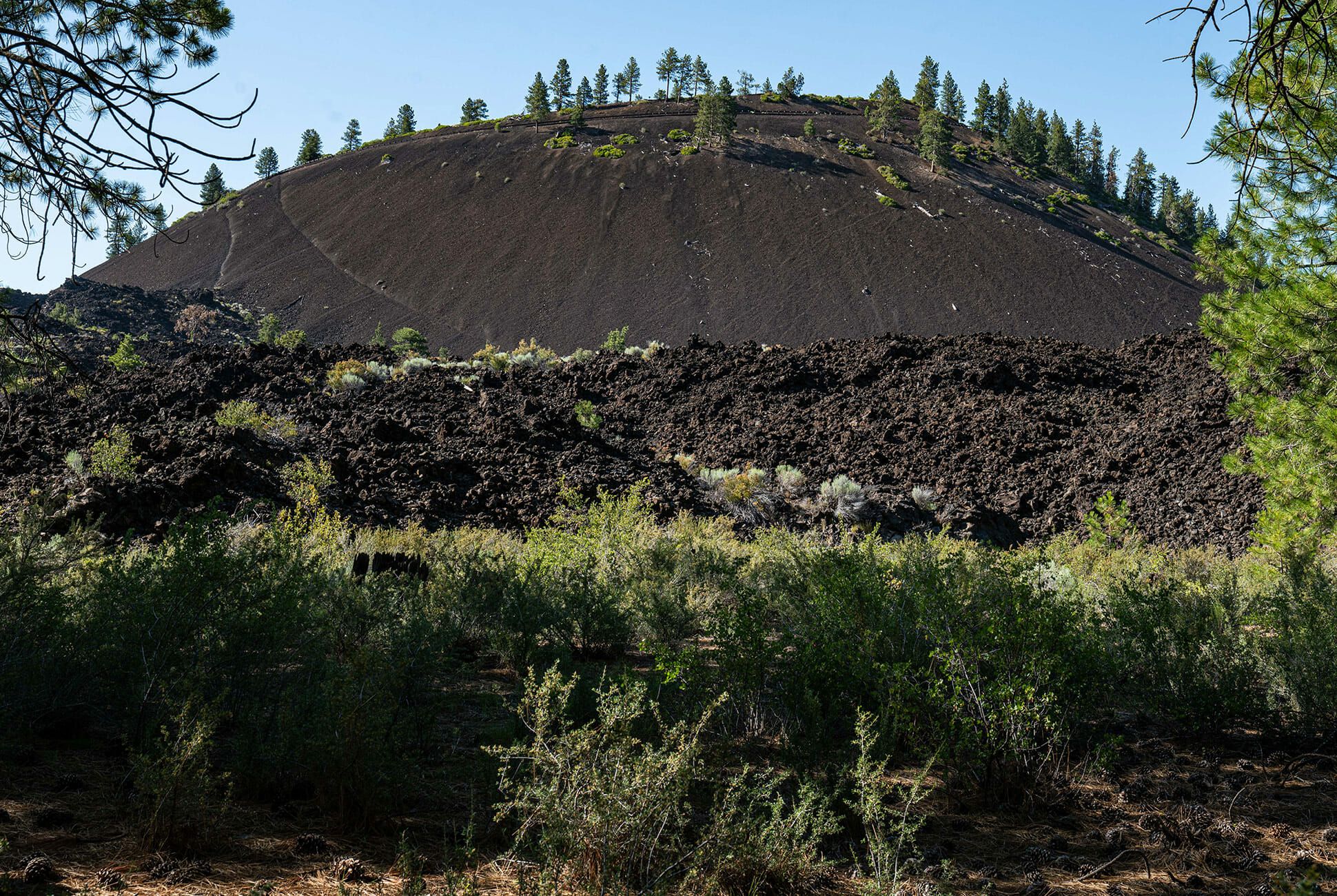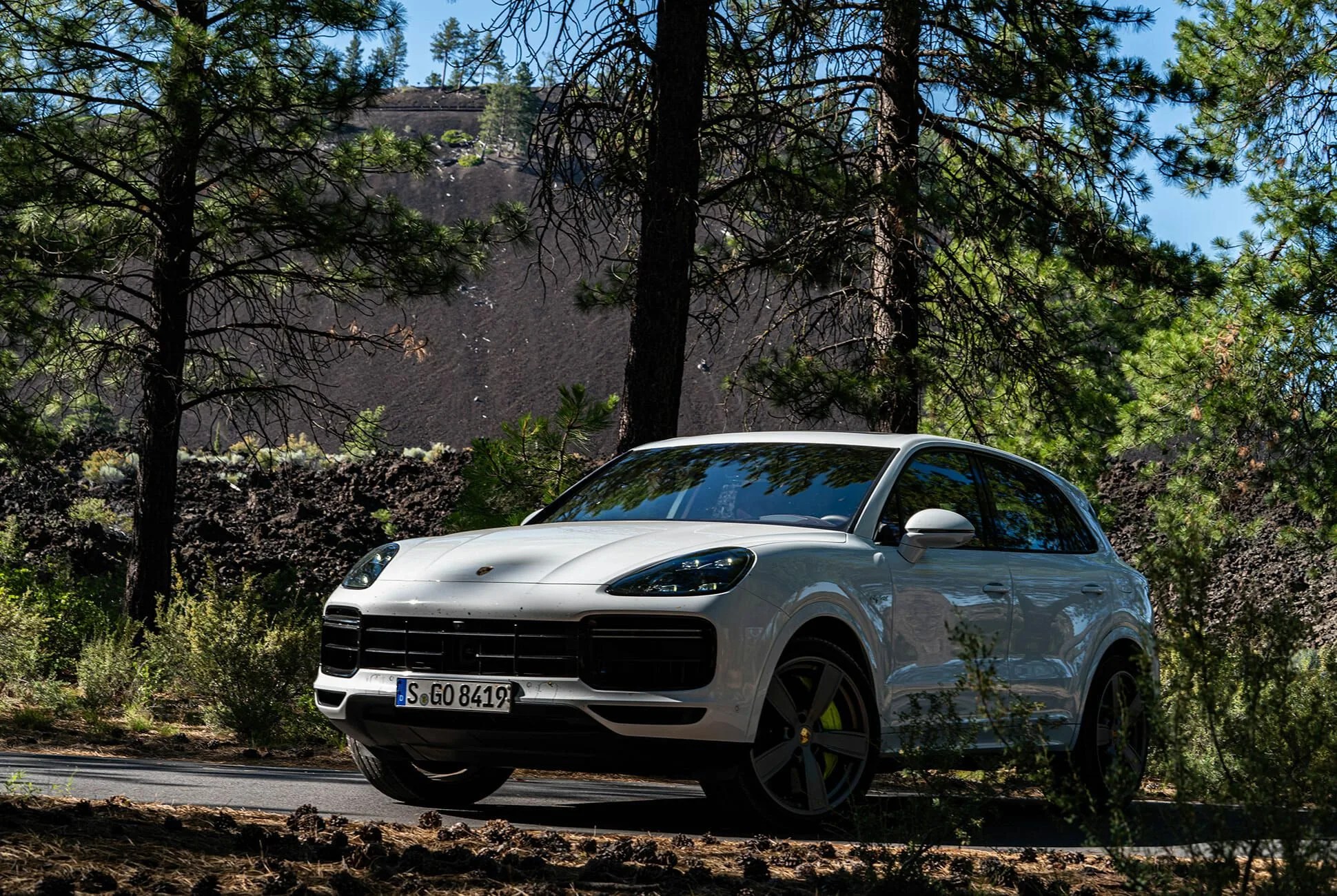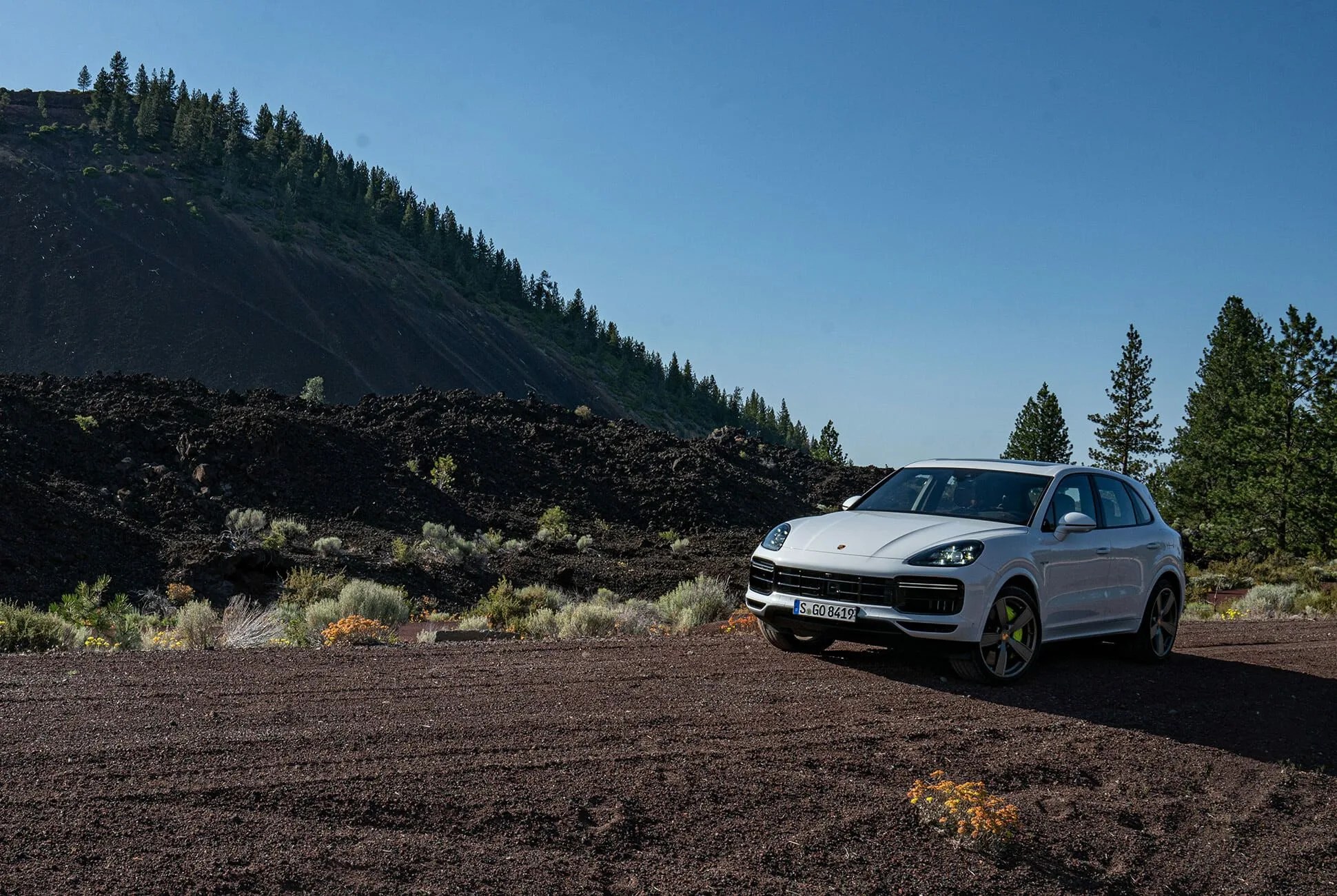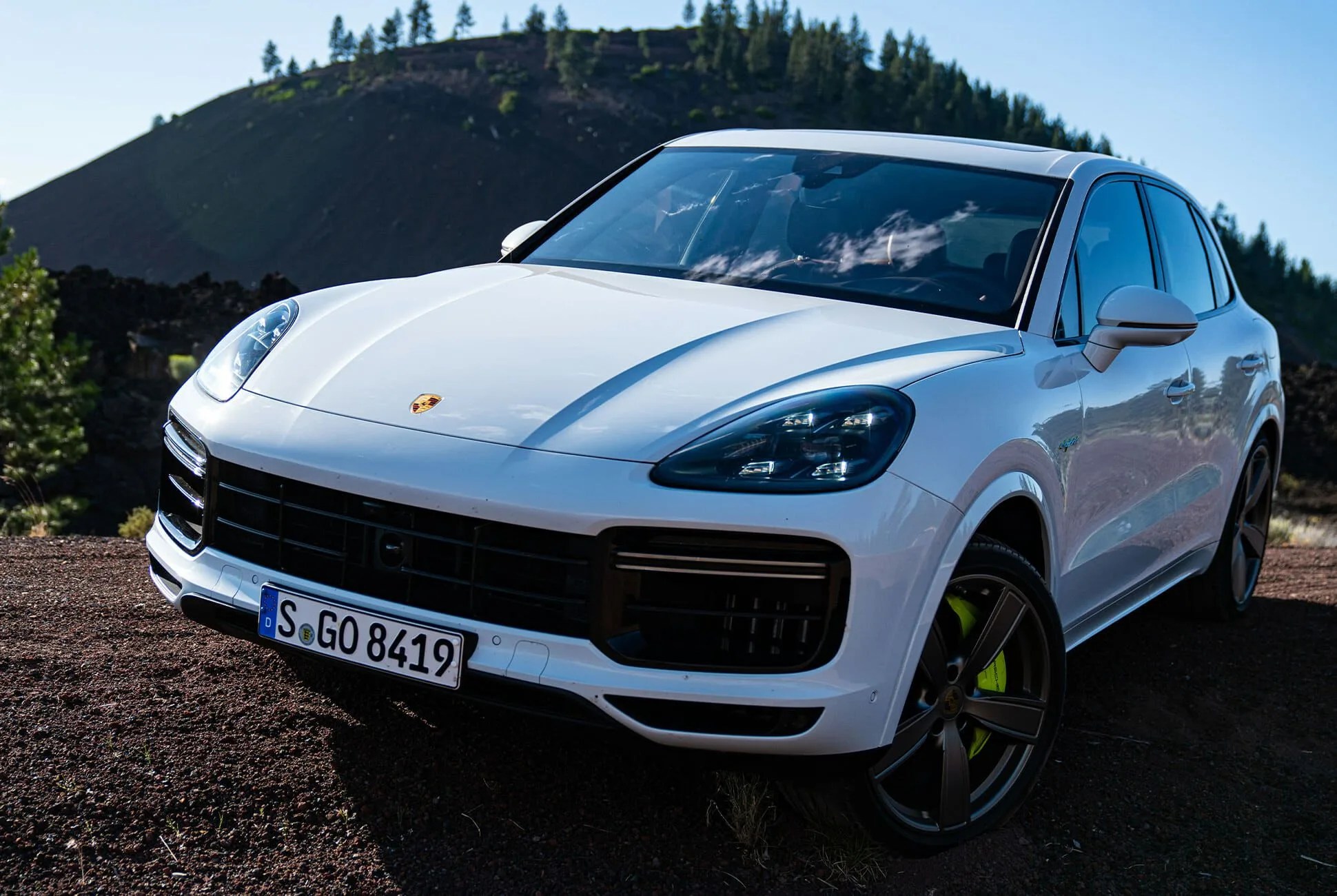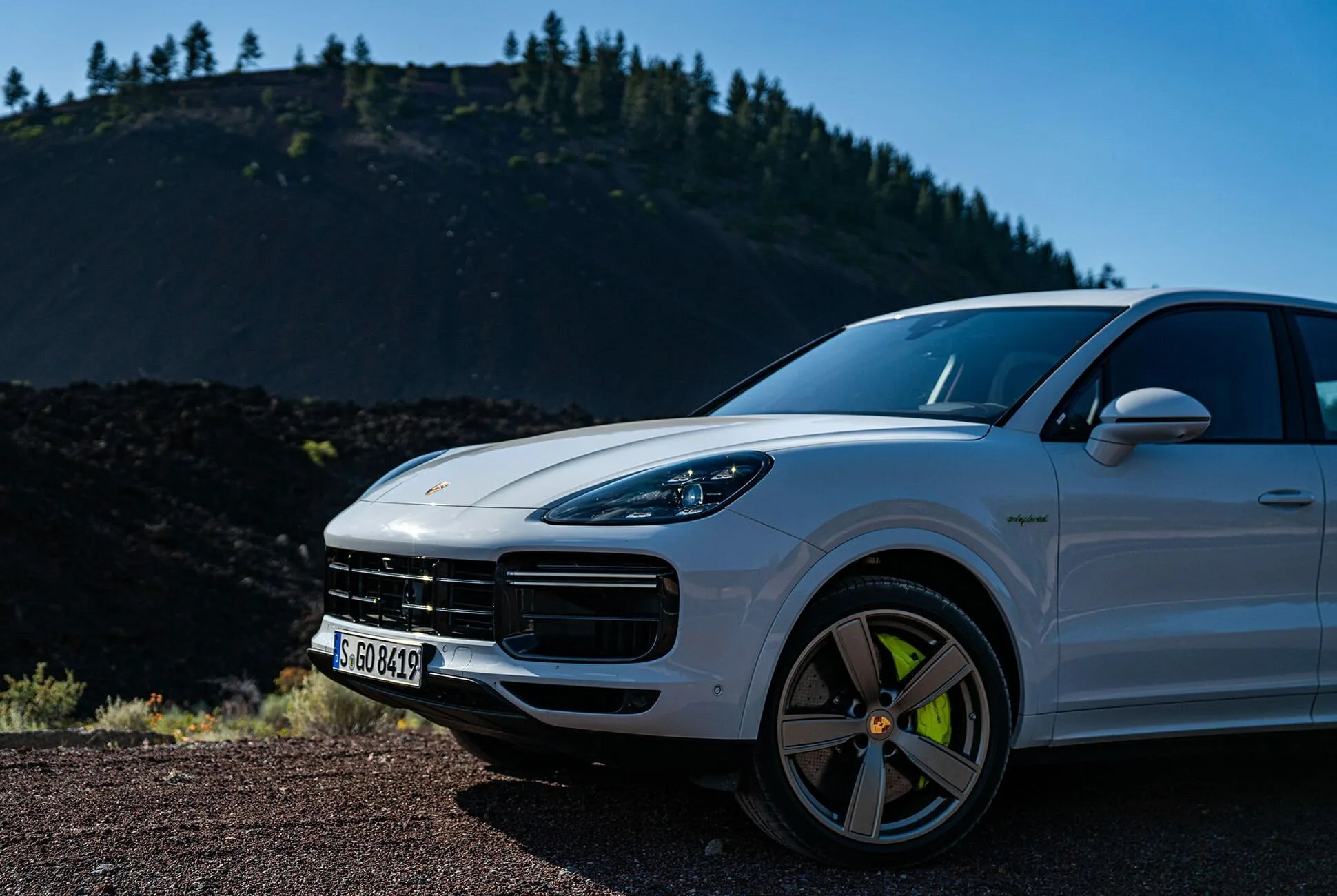8 photos
Driving through central Oregon, the terrain feels comfortingly familiar. It’s western, but not really a desert; hilly, but not exactly mountainous. Evergreens are abundant, as are lakes. But if you head deep enough into McKenzie Pass, a few hours east of Eugene, you may as well be on the Moon. The terrain goes from green rolling hills to an inky black wasteland. The summit of the Pass sits in the middle of a basaltic andesite lava flow, created hundreds of thousands of years ago and now a crumbly, inhospitable landscape of undulating black terrain that looks as lunar as anything on Earth.
The truth is, NASA thought the same thing. More than 50 years ago, in July 1966, the space agency came to this lava field and several other volcanic locations with the Apollo astronauts, recognizing the spots as analogs for the lunar surface, and thus ideal training locations leading up to the actual Moon missions.
As luck would have it, I found myself in the area this summer, on the exact weekend of the 50th anniversary of Apollo 11’s momentous landing. The purpose of my visit was to take the new plug-in hybrid Porsche Cayennes — both the V6-based Cayenne E-Hybrid variant and the blisteringly powerful, V8-armed Turbo S E-Hybrid — on a road trip with a colleague. When I realized the local connection to the Apollo program, my mission found vivid focus: Visit as many of the sites as I could while getting to know the new cars, now my own equivalent of electrified lunar rovers.
5 photos
We mapped out a trail that began with the most remote Apollo training site, Fort Rock. This 350-foot-tall, nearly mile-wide ring of lava formed when a vent in the Earth began spewing out lava about 1.8 million years ago. Today, the ring sits in a dusty, barely populated corner of Oregon accessed via some of the longest, straightest roads in the state.
That gave us a chance, of course, to put the pedal to medal. These hybridized models — the V6 is the blue one in these images, the V8 white — represent Porsche’s newest leap on its path to electrification, coming just shy of the launch of the new Taycan electric sedan. Both benefit from the core improvements in the third-generation Cayenne, but with enhancements to the electric powertrain to boost performance beyond that of the previous hybrid version, which debuted in 2010. This includes a standard 3.6 kW charger (upgradeable to 7.2 kW) and 14.1-kWh batteries mated to more powerful electric motors. (That battery is 30 percent larger than the previous hybrid Cayenne.)
